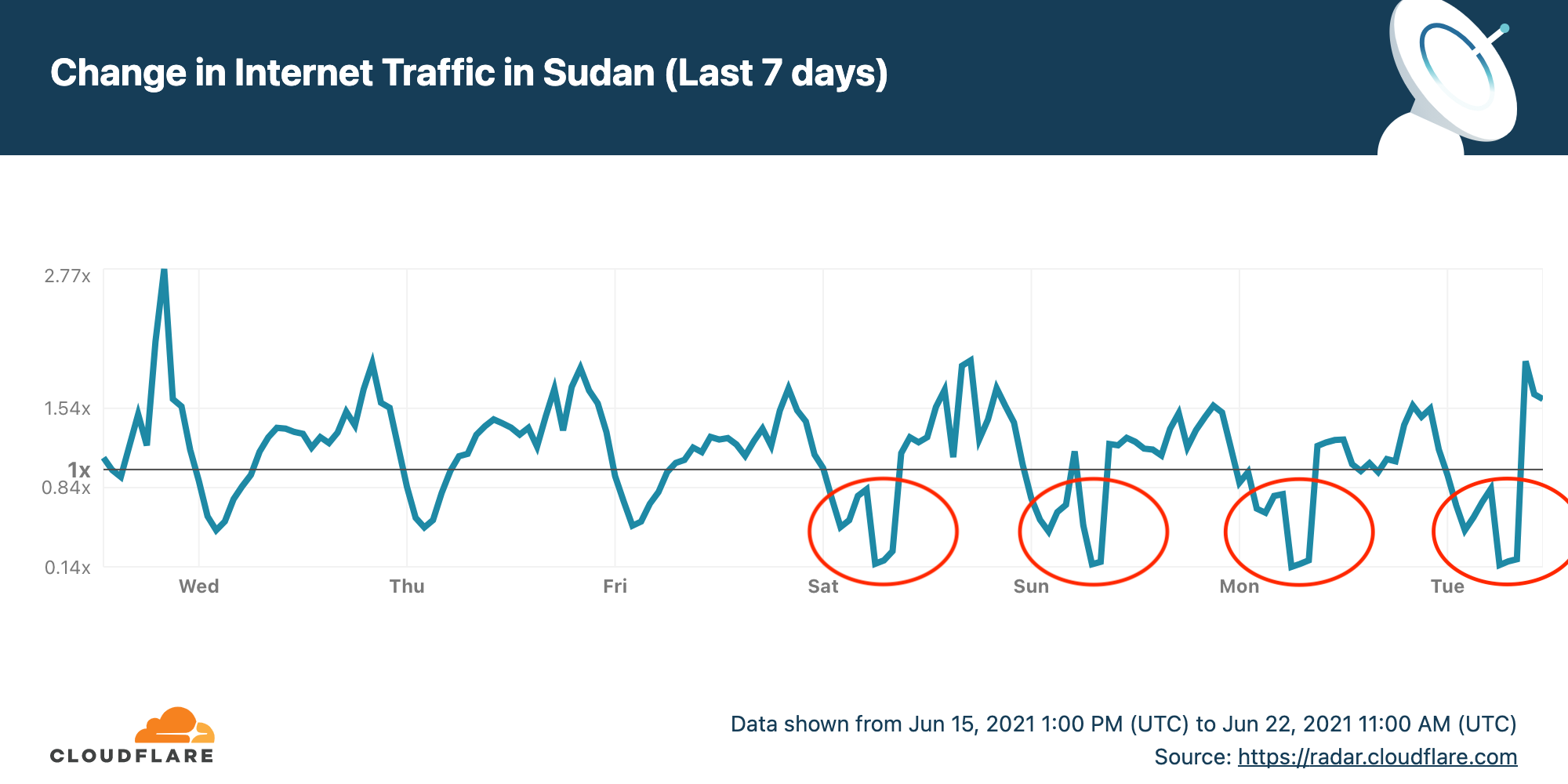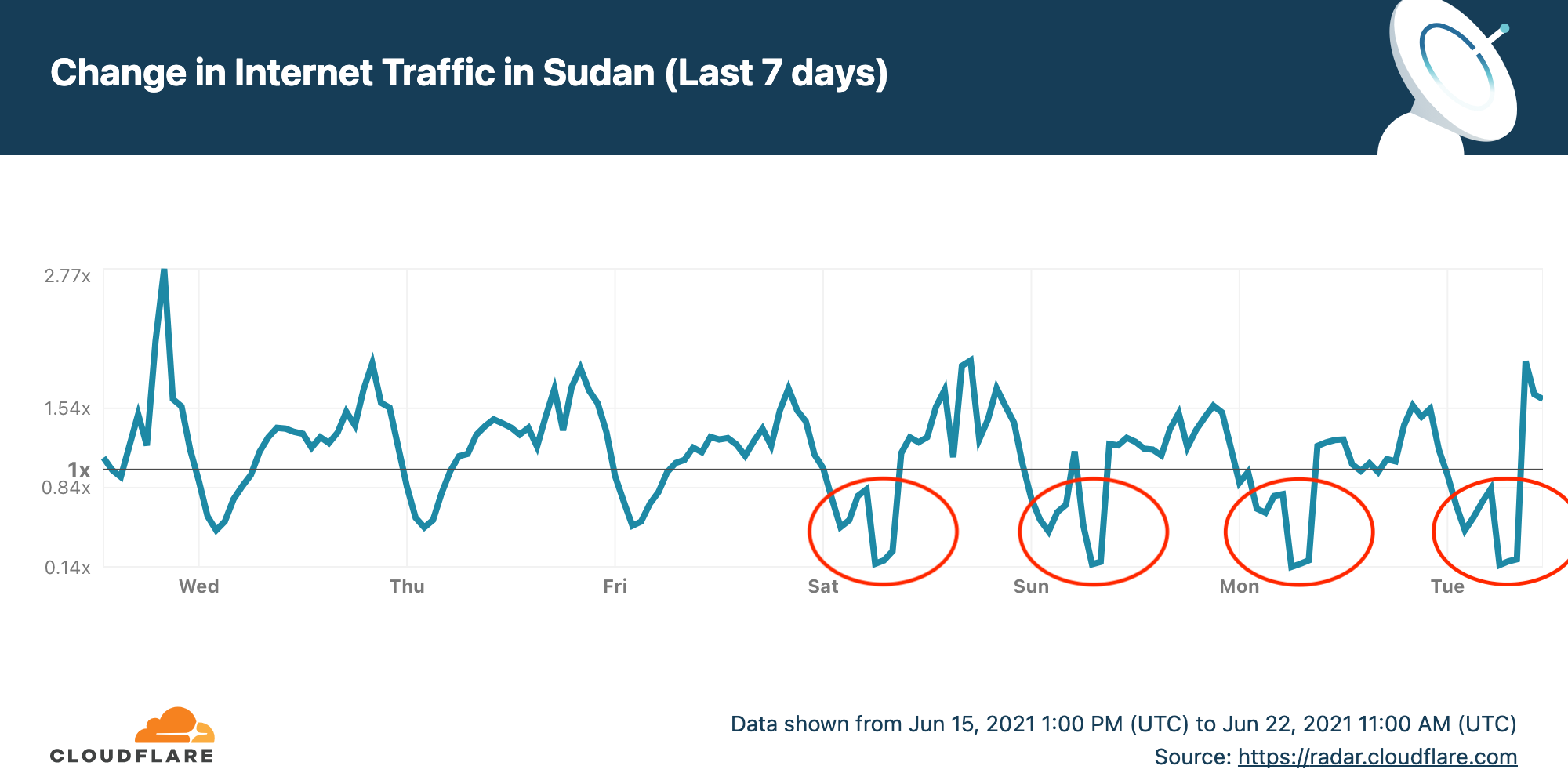Using VMware vCenter Tags in a Red Hat Ansible Tower Dynamic Inventory
VMware vCenter Server tags are labels that can be applied to objects like the system’s environment and usage, therefore it is a very useful method of asset management - also making tags a perfect fit in the Ansible world to organize systems in an Ansible inventory. Red Hat customers have regularly requested the ability to use vCenter Tags in Red Hat Ansible Tower. This is now possible with an Ansible Tower inventory source that supports tags and provides the vmware_vm_inventory plugin.
Ansible Automation Platform 1.2 brings completely native Ansible inventory plugin support to Ansible Tower 3.8. In previous versions, there were specific inventory plugin configurations based on the old inventory scripts where a specific set of parameters surfaced in Ansible Tower's user interface. For example: cloud region and a specific subset of variables you could pass to those inventory scripts surfaced as variables you could pass to the inventory source, which means that new configuration parameters that come with Ansible inventory plugins are not supported in order to maintain compatibility with the old inventory scripts.
The move to support native inventory plugins allows Red Hat Ansible Automation Platform customers to use all the configuration parameters available through Continue reading



